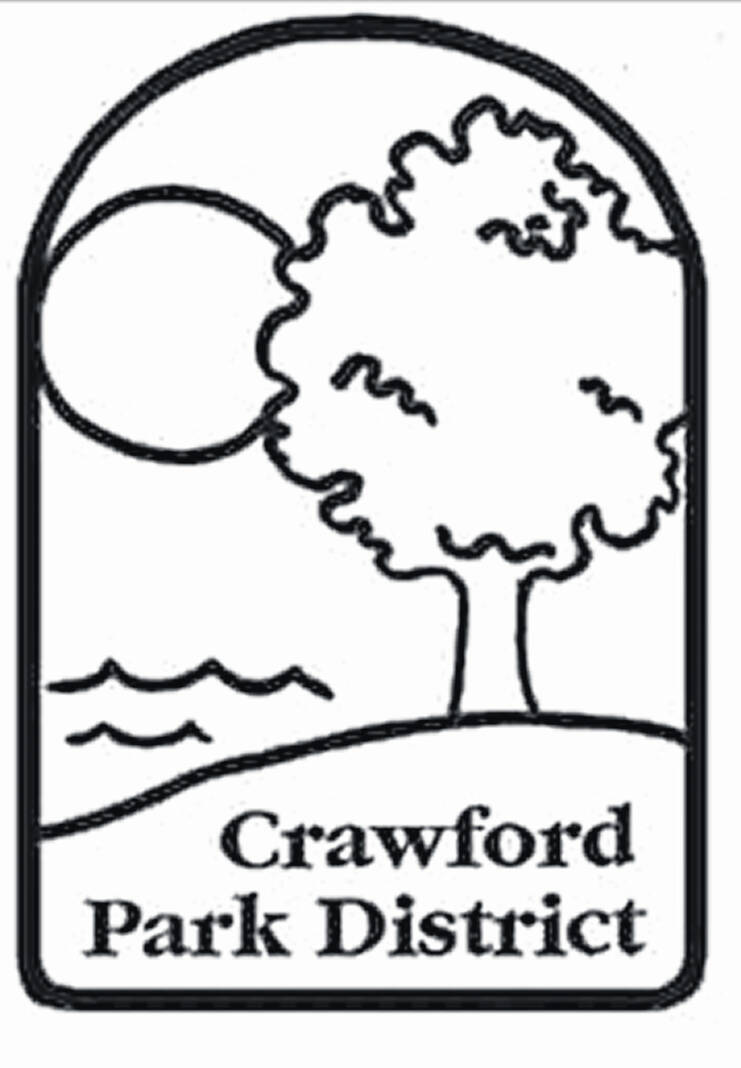
The Crawford Park District is offering the following programs:
Face to Face: Rabbits
Saturday, April 6, at 11 a.m. at Lowe-Volk Park, 2401 State Roue 598.
Join Crawford Park District Naturalist Chelsea to meet one of the most popular animals residing in the Lowe-Volk Park Nature Center—Sylvi, a Netherland Dwarf. We will learn all about Eastern Cottontails (the wild rabbits of Ohio) and other crepuscular animals. Kids will have the opportunity to pet Sylvi and feed her some treats! Lowe-Volk Park is located 3 miles north of U.S. Route 30. For more information on other programs offered by the Crawford Park District, visit www.crawfordpd.org.
Nature Story Time: Eclipse Edition
Saturday, April 6, at 2 p.m. at Lowe-Volk Park.
Why is the sky getting dark?! Join Crawford Park District Naturalist Chelsea, for a special story time all about the upcoming solar eclipse! This will feature a story and an activity to help children understand what they will observe during the eclipse as well as the reason that it happens. Kids will also get to meet and hold a surprise animal visitor — one who depends on the sun for warmth!
Sun Soakers: Meet Our Heliophilous Animals
Saturday, April 6, at 4 p.m. at Lowe-Volk Park.
Celebrate the upcoming solar eclipse by meeting some of the sun loving animals that call the Crawford Park District’s Lowe-Volk Park Nature Center home. Program attendees will learn about the sun’s importance to turtles, snakes, and lizards, and program participants will be able to touch or hold the animals!
Viewing the Night Sky
April 6 and April 7 at 8 p.m. at Lowe-Volk Park.
Join members of the Crawford Park Astronomy Club as they share their knowledge and telescope skills with all who are interested in celestial sights. Some of the targets are:
• Beehive Cluster (M44) – also known as Praesepe, an open cluster of about 1,000 stars, about 600 million years old, 550 light-years away, and found in the constellation Cancer.
• Betelgeuse – a giant red carbon star or red supergiant, 700 light-years away, about 10 million years old, 600 times the size of our sun, and when viewed from earth, it is the left shoulder of Orion.
• Crab Nebula (M1) – an expanding remnant of a star’s supernova explosion, 6,500 light-years away, found in Taurus, about 10 light-years wide (which equals about 10 trillion miles), and is still growing at over 600 miles per second.
• M65 – an intermediate spiral galaxy under the belly of Leo the Lion, 35 million light-years away, and part of the Leo Triplet.
• M66 – another spiral galaxy found below Leo, 35 million light-years away, part of the Leo Triplet, and in 1780, it was discovered the same night as M65 by Charles Messier.
• Orion Nebula (M42) – a beautiful, large, local nebula, only 1,300 light-years away, (yes, that is local in astronomical terms), about 2 million years old, and is the middle star of Orion’s sword.
• Polaris – the North Star, the 48th brightest star in the sky, always visible, and the end of the Little Dipper’s handle.
• Sirius – found in Canis Major, the brightest star in our sky, also called the Dog Star, and it follows Orion the Hunter.
There are a lot of other objects to view. What we see will depend on what the clouds are doing.
Face to Face: Nocturnal Animals
Monday, April 8, at 11 a.m. at Lowe-Volk Park.
From salamanders to tree frogs, to tarantulas, the Crawford Park District invites you to meet and learn about some of the nocturnal creatures residing in the Lowe-Volk Park Nature Center. Kids (and adults!) will have the opportunity to touch and hold these darkness dwellers!
Submitted by the Crawford Park District.

